European veterans of the Second World War: reconciliation
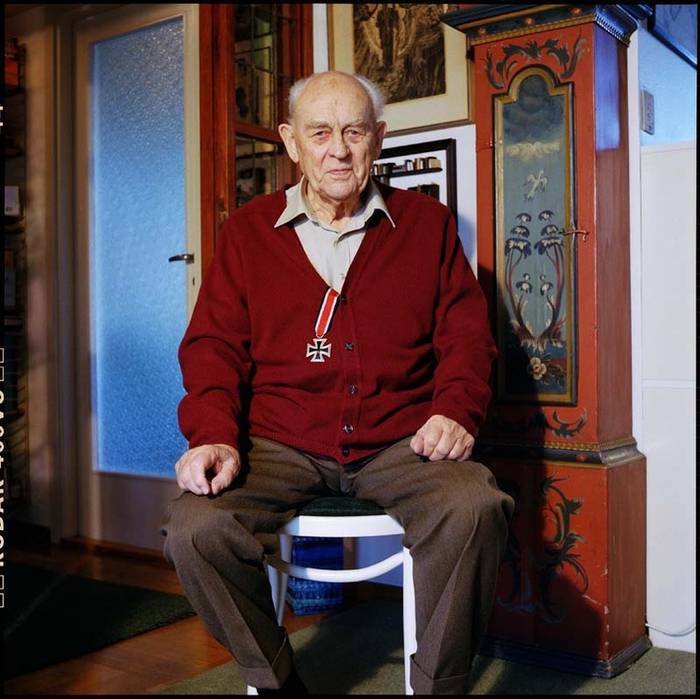
American photographer Jonathan Alpeyri spent a year shooting veterans of the Second World War. The veterans of the Wehrmacht and other Nazi formations of Europe became participants in his project. Many of them confessed that for the first time since 1945, they donned their battle honors.
What's interesting, Jonathan is half Russian (after his father, his mother is Spanish). He was born in 1979 in Paris, but the young men moved to his father in the USA. Alpeyri chose the profession of hot spot photographer. He visited the rebels with the sub-command Marcos in the Mexican state of Chiapas and the Maoists in Nepal, photographed endless tribal conflicts in Ethiopia and Eritrea, as well as the Congo. Of course, they did not go unnoticed by conflicts in the Caucasus - in South Ossetia and Nagorno-Karabakh.
The experience of the front-line photographer allowed him to formulate why he took up the “civilian” shooting of veterans: “Compromise is the best way to make progress, not only in the military, but also in the political sphere. If veterans of the once opposing sides can reconcile, it will be easier for politicians to do the same. ”
Alpeyri photographed a veteran 92 in 19 countries. But his project is still ongoing. “Right now, I am in contact with the Serbs, the Bosnians, the Uzbeks, the Balts, the Finns, the Chinese and the Japanese. The immediate goal is 100 veterans from 25 countries of the world, ”he said.
The Interpreter's Blog provides photographs of some veterans with their brief biographies.
Pictured above: Norwegian Bjorn Ostring was born on September 17 on 1923. In 1934, he joined the youth section of the Norwegian fascist party Quisling. When the Germans invaded, he participated in the defense of the country. But then in the spring 1941 of the year joined the Wehrmacht. In January, 1942, he was sent near Leningrad, where his part lost half of the composition in heavy fighting. As a result, Quisling recalled the Norwegian units back to the country. Upon his return, Ostring entered the Quisling Security Service. After the war, he was sentenced to 7 years of imprisonment for high treason, but was released already in 1949.
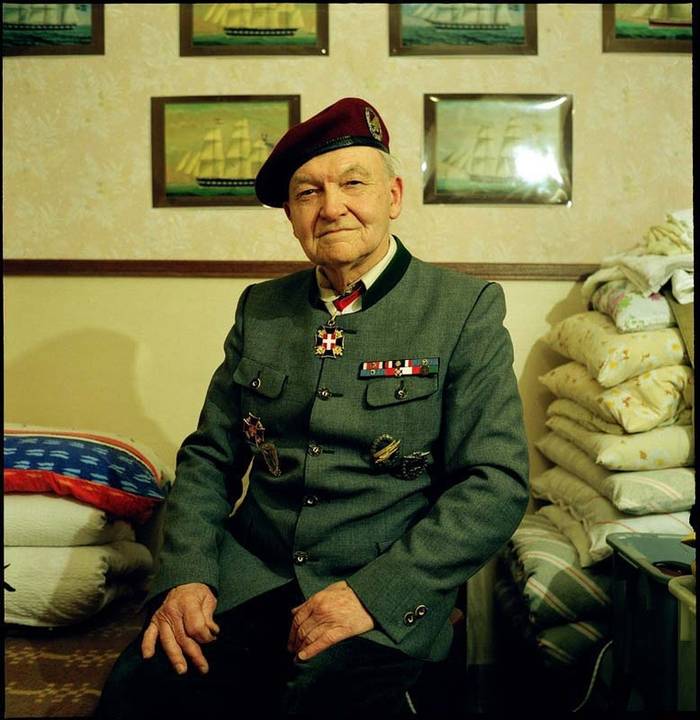
Karl Ulber was born in Vienna 28 May 1923 of the year. He was called up by the Wehrmacht in October 1941 and trained on a paratrooper. Ulber arrived on the Eastern Front in October 1942 of the year to fight partisans in the Smolensk region. In March 1943, his regiment was sent to the front. He also fought battles in France and Italy before being captured in 1945. Ulber was released from camp in March 1946, and returned to Vienna.
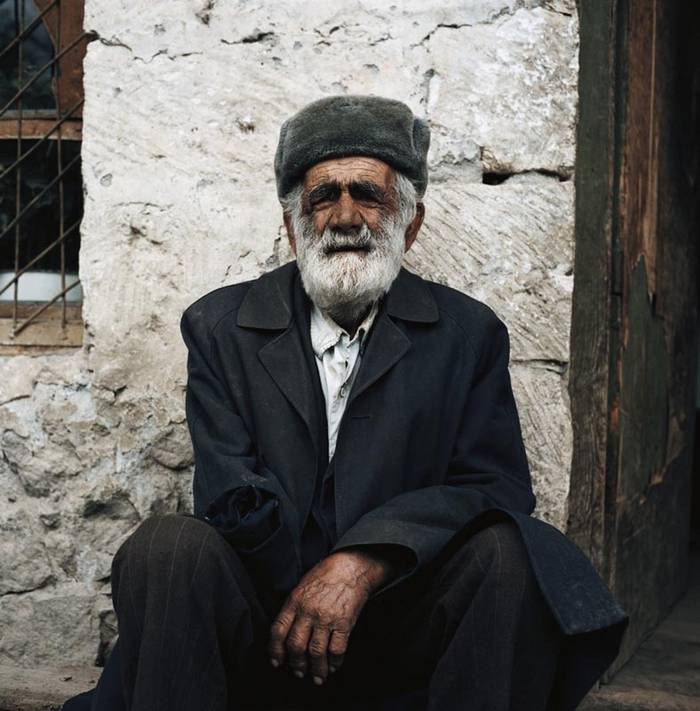
Mrav Hakobyan, an Armenian who fought in the Battle of Stalingrad. In close combat, a German shovel damaged his arm, which had to be amputated.
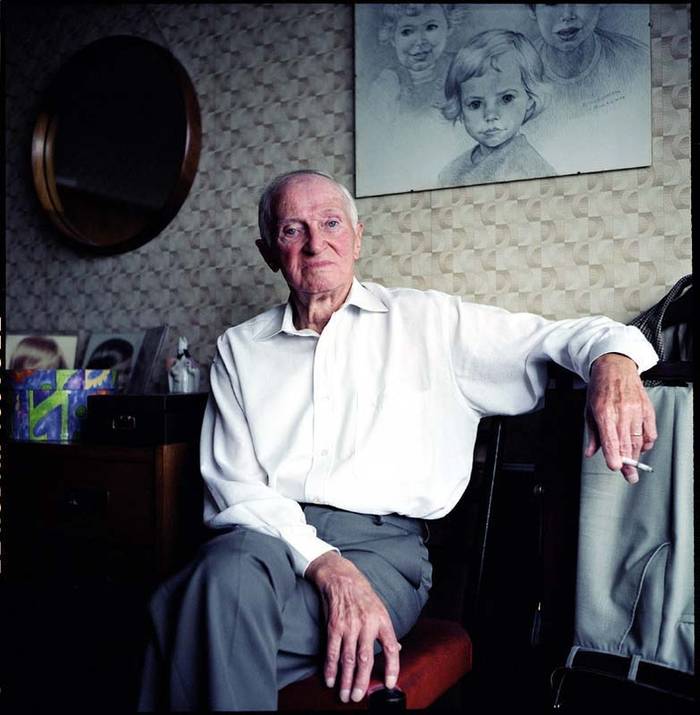
Fernand Kaisergruber was born in Antwerp, Belgium 18 January 1923. In his youth, he joined the Belgian fascist party Rexist. After the German invasion of Belgium in May 1940, he voluntarily went to Germany and worked at a plant in Cologne. He joined the German army in September 1941 and left for the Russian front in June 1942, where he stayed until November of the same year. After heavy fighting on the Eastern Front, part of it was assigned to Germany. Kaisergruber returned to Russia in July 1943 as part of the Waffen-SS. During the retreat in February 1944, he was wounded twice and broke his leg. After that, Kaisegruber was demobilized.
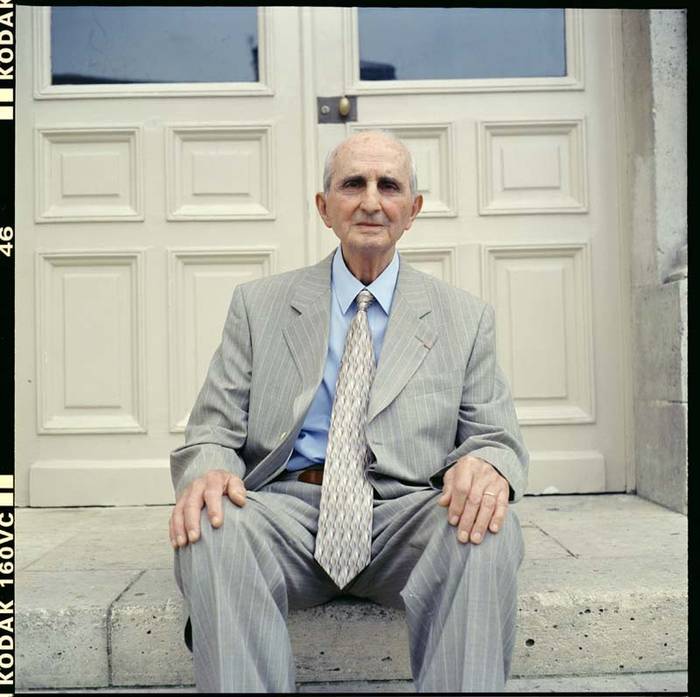
Daniel Bokobza was born 22 March 1924, in Tunisia. He was drafted into the French army in October 1943. Arrived in the UK in July 1944, and after a few days he was sent to Normandy. He participated in the fighting in the Vosges region, earning a military cross for taking part in the capture of 200 Germans. Demobilized in October 1945.
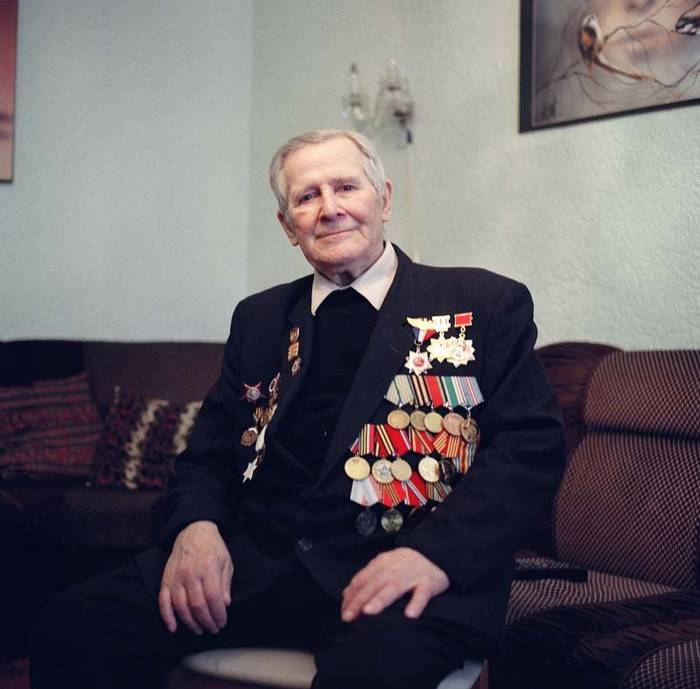
Israel Badger was born 1 March 1919, in the city of Kremenchug in Ukraine. His family moved to Moscow, where he finished school and then worked at a car factory. In the fall of 1939, he was drafted into the Red Army, where he became political commissar. He entered the war in Ukraine, and when his commander was killed by a sniper's bullet, Badger began to lead the battalion. He was injured in September 1941 and spent four months in the hospital. After discharge, he was declared unfit for service, but he urged the authorities to send him back to the front. Badger was eventually transferred to the training unit near Gorky, where he stayed until the end of 1942. He was then transferred to Moscow to control supplies for armored forces. He left the USSR for the USA in 1985.
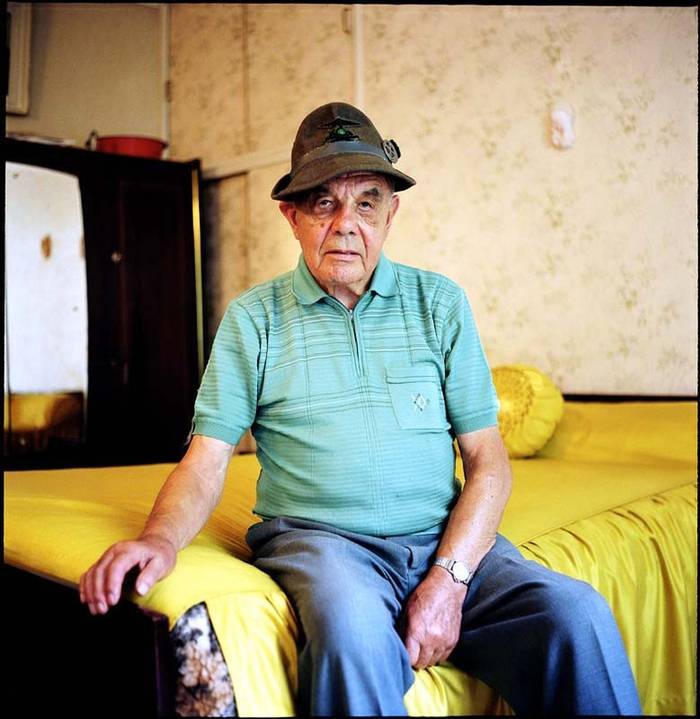
Giovanni Doretta was born 14 March 1921, in a family of Italians living in Paris. He lived in this city until 1935, when his parents returned to Italy to work on a family farm. He was drafted into the Italian army 21 in January 1941 and trained in the elite division Alpini Cuneense. In August, 1942, his detachment was sent to the Russian front in Ukraine. He participated in the battles for Stalingrad. Doretta recalls that the Italians fought in a terrible frost in a thin outfit. 27 January 1943 of the year surrendered. The prisoners were put on a train to the Urals, and during their trip an epidemic of typhoid broke out. Only 10 soldiers from 80 arrived at the place alive. He was then sent to Moscow to work in a factory. Later began to guard the German prisoners of war. He was repatriated to Italy 1 on April 1946 of the year.
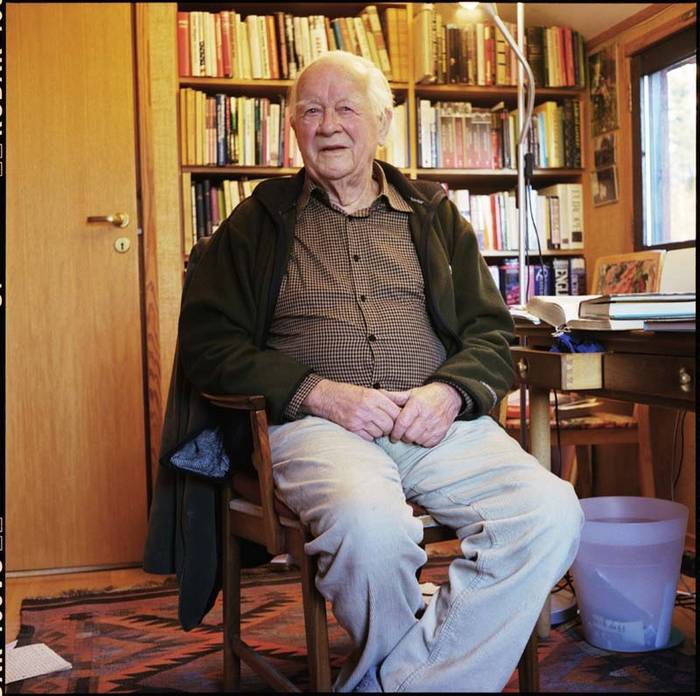
Lavik Blindheim was born 29 August 1916 in the Norwegian city of Voss. At the time of the invasion of the German army was trained as an infantry officer. In 1941, he decided to sneak into England. For this, he made an epic journey: first he went to Stockholm, then to Moscow, Odessa, after that - to Tehran, Basra and Bombay. From there, finally, he arrived in Scottish Glasgow. He was interrogated by British intelligence, and then sent to London, where he received training for a saboteur. Then in April 1942, Blindhein was parachuted to Norway, where he organized a resistance group and stayed in it until the end of the war.
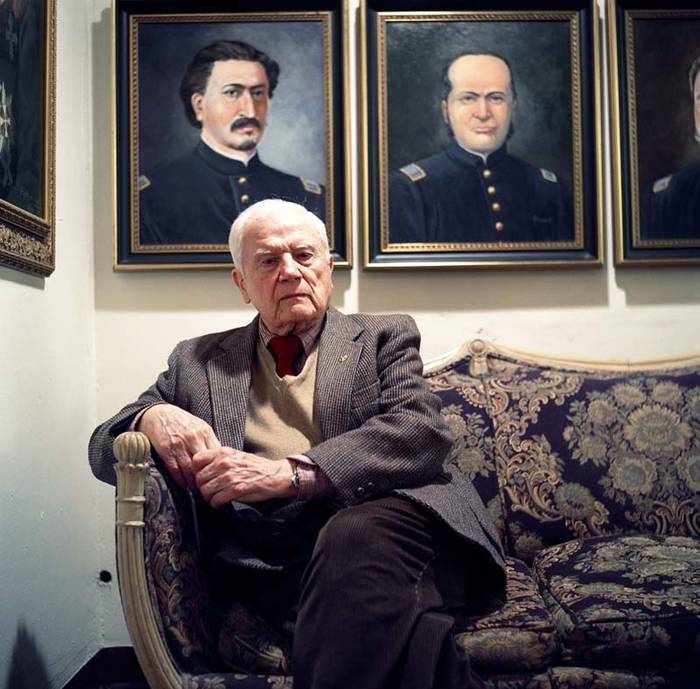
Evgenius Witt was born 6 March 1922, in the city of Baranavichy in Poland. His father was an officer in the Polish army, and after the German invasion of 1939, Witt never saw him again. He and his mother were taken to a labor camp in the town of Biysk in Altai, where Witt began working as a carpenter. In 1941, he was liberated and joined the Polish army of Anders. Witt was trained in Uzbekistan, and then sent to Iran, where the Polish army was armed and reorganized by the British. In March 1943, he arrived in Scottish Glasgow. There he was trained by a radio operator, and until the end of the war, Witt carried out radio communication between the British and underground workers in Poland. He emigrated to the USA in 1948.
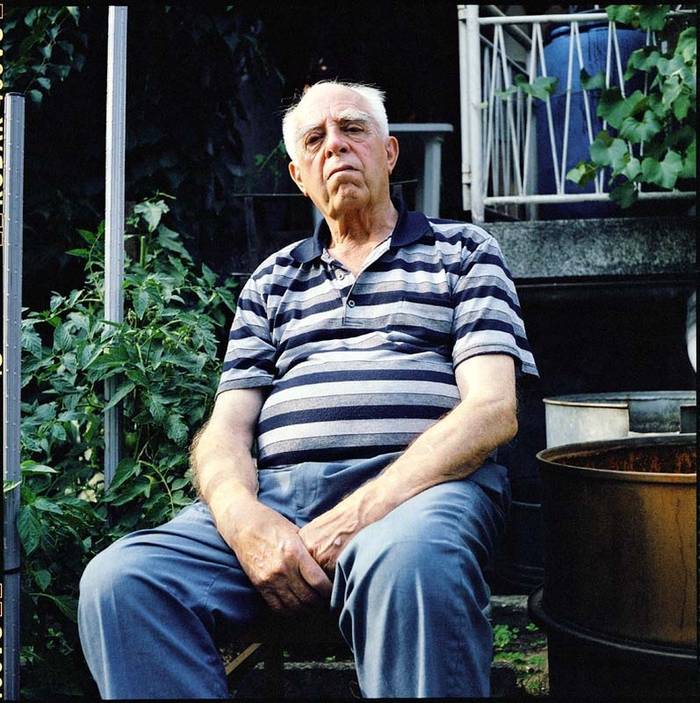
Adolf Straka was born in Slovenia on February 27 1925. In 17 years went to work at a steel mill in Austria. He was drafted into the German army in February 1943 of the year and sent to serve in French Dijon. Straka stayed there for six months, and in the winter of 1944, he was sent to the Eastern Front in the Vitebsk region. After a month of heavy fighting, he was captured by the Russians. In the USSR, he joined the unit formed from prisoners of Yugoslavs, in which he fought against the Germans until the end of the war.
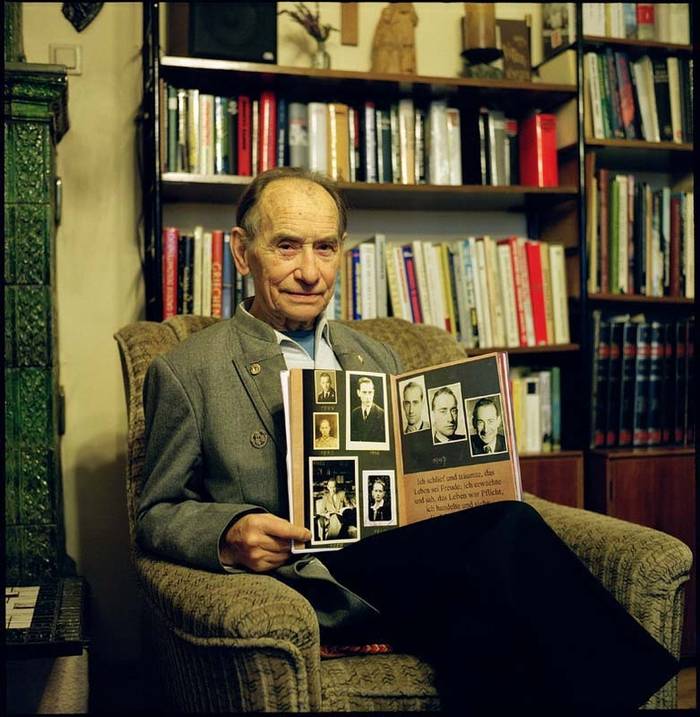
Ernst Gottsheteyn was born July 3 1922, in the Sudeten town of Schreibendorf (now part of the Czech Republic). In the fall of 1941, he volunteered for the Wehrmacht. He fought on the Eastern Front, in December 1941, he was wounded near Moscow. To recover Gottshteyna sent to Vienna. Then he went to the African front. He was wounded again - this time in Tunisia. Evacuated to Berlin, then to Denmark. He fought in the north of France.

Herbert Drossler, born November 24, 1925 in Thuringia, Germany. He was drafted into the German army, in the 21st tank Rommel’s division. Drossler was in France and participated in the defense of Normandy from the Anglo-American forces. In August 1944, the Americans captured him. Initially, he was in a prisoner of war camp in the town of Audrieux, but then was transferred to work on a farm near Caen. He worked there for another 5 years until his release. Drossler did not return to Germany, since his hometown was part of the GDR. In 1961, he received French citizenship and continues to live in this country.
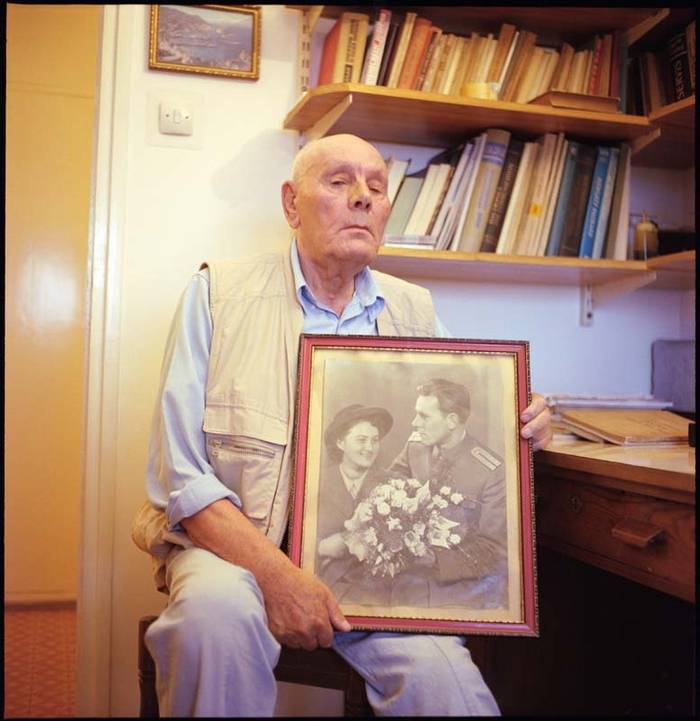
Milivoj Borosz was born in the Croatian ZNK 11 September 1920. He studied at the pilot in the Yugoslav flight school. After the defeat of Yugoslavia, he was drafted into the German Luftwaffe. He got to the Eastern Front in December 1941. In June 1942, he and his two Russian Luftwaffe partners planted a bomber in the rear of the Red Army. He was taken prisoner and even spent several days in the Lubyanka prison. In December 1943, Borosh was sent to serve in the Yugoslav formation formed in the USSR. Until the end of the war he fought on the Soviet bomber. Returned to Yugoslavia in April 1946.
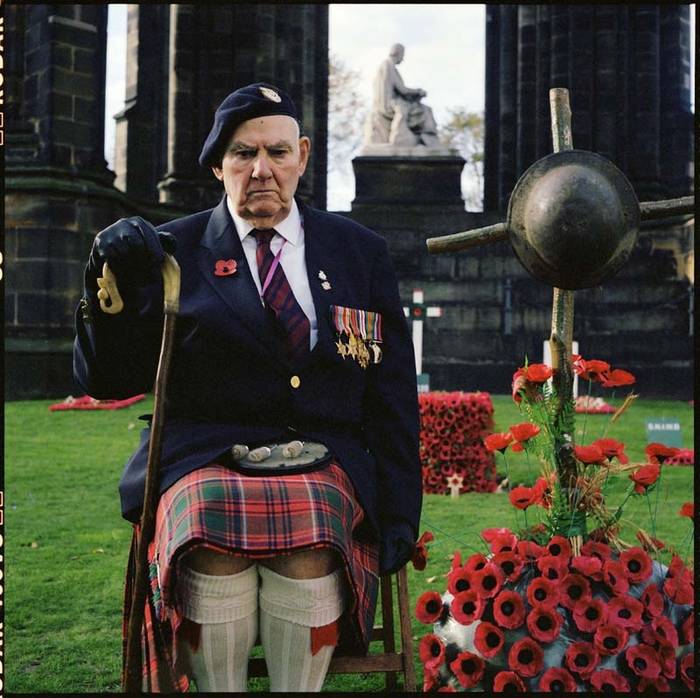
Thomas Gilzen. 5 was born on December 1920 of the year in Edinburgh, Scotland. He volunteered for engineering units, became a sapper. After a short stay in Egypt was sent to Benghazi, Libya. When Rommel's troops attacked his regiment, they were forced to retreat, but even before that, Gilzen and other bombers had left mines in the hotel. The building subsequently exploded, burying many German officers under the rubble. Gilzen survived the seven months of the siege of Tobruk. Then he was sent to Burma. Gilzen managed to make war in Europe - in 1945 in Belgium and Holland.
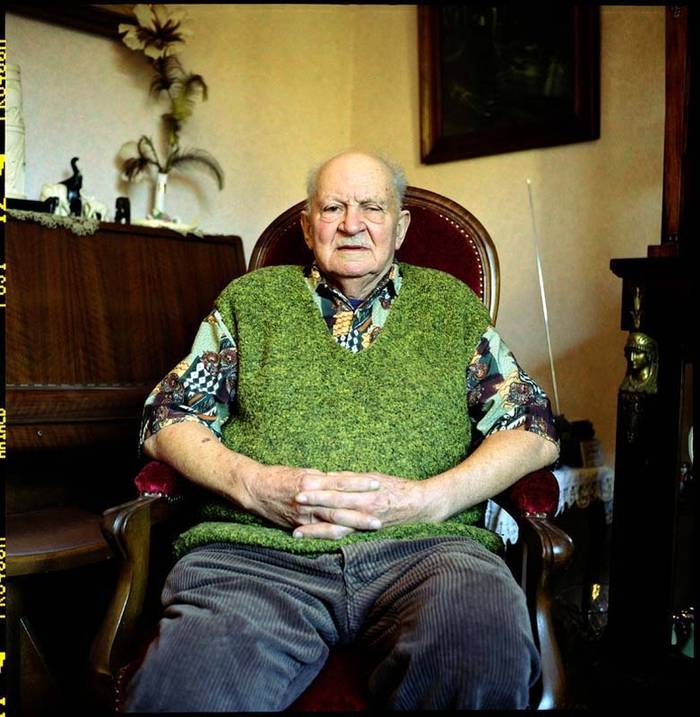
Jean Mathieu was born 7 August 1923, in the French Alsace. When the Germans occupied the region, he was sent to a labor camp in Northern Bavaria. In January, 1943, he was drafted into the German Infantry Division, but Mathieu deliberately spilled boiling milk on his leg. This allowed him to get a reprieve on 6 months. He then went to serve in the German Navy as a member of the crew of torpedo boats. In June, the year 1944 was transferred to the coast guard service. After the Allied invasion of Normandy, he was planned to be transferred to the Eastern Front, but Mathieu deserted and hid in the French town of Laputrua until December 1944, after which he joined the forces of Free France.
Information